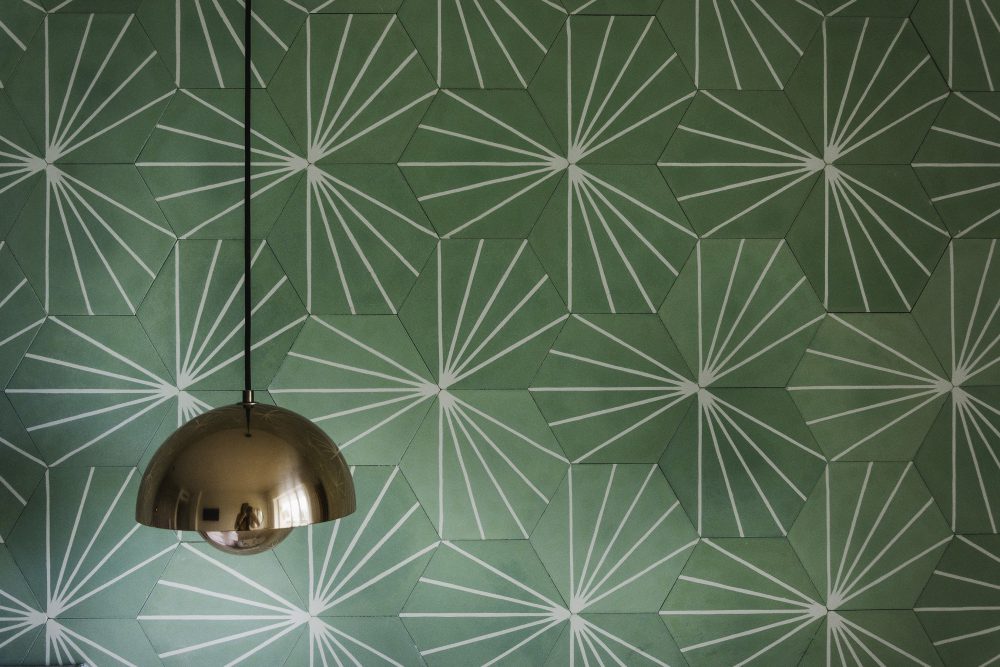Experience Matters: Hotels with Guest Experience in Mind
April 11, 2022
Jeremy Wells
Although the concept of experiential design has been around for a while, it is a concept that has grown more rapidly in recent years, and with the advancement of technology and the growth of social media, experiential design is more important than ever before.
In this article, I’m going to dive into the ins and outs of experiential design, why it’s important, and the strategy and thinking behind creating spaces, places, and communities that people can connect with.
What is Experiential Design?
Experiential design is all about creating an atmosphere that encourages engagement with people, spaces, or places. When it comes to hotels, experiential design can be used in many different ways and is especially important when creating a sense of place and connection.
The concept of experiential design is all about creating an environment that encourages engagement, which leads to memorable experiences and ultimately impacts your guest (and your brand) for the better.
The goal is to create an experience that will get people talking, listening, and caring about your brand. When you can get guests to care about your brand, then you will often find a loyal customers for life. This is why experiential design is so critical to the success of hotels and resorts – especially for independent, lifestyle properties in unique destinations with compelling stories.
The Value of Experiential Design Thinking
Experiential Design transforms spaces into immersive environments. It awakens the senses and builds memories by creating an experience that inspires a memory and inspires emotion.
Experiential Design is rooted in psychology, biology, technology, and arts. It involves using design to understand human behavior in order to produce something that speaks to us – a space, an object, or even a brand. Experiential design at its core is a strategy for leaving behind an impression on people.
The concept of experiential design is closely tied with the rise of user experience (UX) design as well as the field of neuroscience. These disciplines rely on the same principles and findings when it comes to understanding user experience, perception, and what leaves an impression on people.
In experiential design there are three key elements:
- An emotional trigger that draws visitors into a space, and makes them feel something or pay attention to their environment
- A key moment or action that brings visitors into the present state of mind
- A reason for them to remember the experience
How do you create an experience in your spaces?
Experiential Design impacts everything from the overall hotel property design to amenities and decor to create an immersive experience that engages all five senses.
The approach to thoughtful Experience Design can be broken down into four distinct categories:
- Entering
- Transitioning
- Being
- Leaving
Often, the first step in designing an experiential space is to identify the story you are telling, then translate that into the architecture and interior design of your location which often creates a strong first impression (“Entering”). This involves developing an overall concept for your space, followed by specific room and area themes.
Then, you can design the guest experience from a operations and management perspective (“Transitioning”); how do you treat your guests? What are the key staff touchpoints? What is the check-in experience like? How do you get them comfortable with your hotel and the surrounding neighborhood/region?
During a guest’s stay (“Being”), you can impact their experience through special events, programming, curated spaces, creating a sense of place, and a helpful concierge. It’s about making the transition from “guest” to “family”; where they can let their guard down, relax, enjoy, and open themselves up to a good stay.
As you create these experiences, remember that everything from lighting to color to sound can be used to evoke specific emotions in your guests. By creating a game plan to influence their emotions along the way, you can help them feel invested in your brand and more keenly aware of the pleasant experience you’re providing.
Don’t forget that the experience doesn’t end once your guests leave, in fact, this experience touchpoint may be the most crucial to earning loyalty. The last touchpoint you have with guests and the follow-up a few days after their departure is important (“Leaving”).
Conclusion
If you’re thinking about applying experiential design in order to create unforgettable experiences for your guests, or if you’re simply looking at ways to experiment with a new way of thinking, we hope this article will have provided you with a new perspective.
By incorporating these elements into your experiential design concept, your hotel can become a place where guests return time and time again to experience a new adventure that’s as memorable as the last.
Jeremy Wells
Partner at Longitude°
Jeremy is the author of Future Hospitality and Brand Strategist at Longitude°. As a member of the Education Committee for The Boutique & Lifestyle Leaders Association (BLLA) and a content contributor to Cornell University’s Hospitality Vision and Concept Design graduate program, he is a committed thought leader in hotel branding, concepting, and experience strategy.






